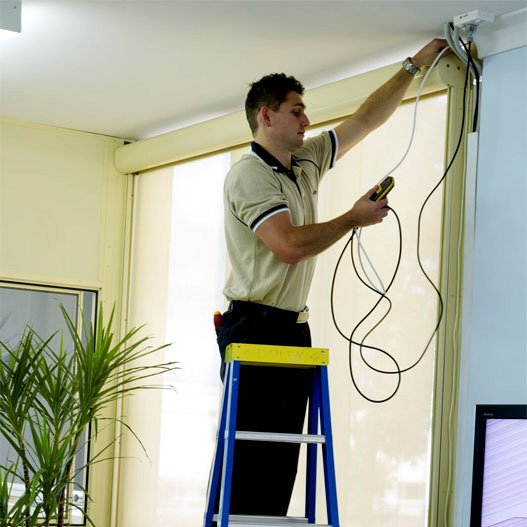What Kind of Awning Repair Can Save The Product?
Awnings are great additions to a home because they raise the comfort of outdoor spaces, boost the property's aesthetic appeal and market value, and save energy costs associated with climate control. The appearance and effectiveness of your awning will gradually degrade due to dirt, bad weather, and normal wear and tear.
Proper care and maintenance may lessen the likelihood of premature wear and tear, hence increasing the lifespan of your awning.
Never let anything become dirty.
Over time, dirt, leaves, dust, and minerals may accumulate on your awning, causing it to lose its lustre and perhaps even emit an unpleasant odour. So, to get rid of these build-ups, you need to adopt a regular cleaning regimen. A monthly cleaning of the awning's surface and frame may be necessary, depending on the kind of awning and the material it's composed of. Most awnings may be kept in good condition by periodically hosing down the fabric and the frame.
Rust, mould, bird poop, and other stubborn stains may be removed with regular deep cleanings, which you should do every few years. The underside of the awning will also collect dust and dirt over time, so it's just as important to clean as the top. A regular broom with smooth bristles will work well for this task. For the best automated awning repairs you need to be specific now.
Withdraw in Case of Severe Weather
While awnings are a terrific way to escape the heat, they may be damaged by things like storms, snow, and heavy rains. For instance, the awning might be damaged or torn to pieces by strong winds. Therefore, anytime there is a storm, you should consider bringing in your awning. In this way, you may prevent any harm to your awning until the sun comes back out.
Take the Fight to the Trees!
Pruning nearby trees and shrubs that cast unwanted shadows on your awning will help extend its useful life. In the midst of a storm, you don't want a branch to come crashing down on your awning and wreak hundreds of dollars' worth of damage. It's important to note that particular tree sap may cause irreparable damage to your awning's fabric.
Dry It Off Before Storing It
Mould development, fabric degradation, and corrosion on mechanical parts are all possible outcomes of improper drying methods. This is why it's best to leave wet awnings unrolled. Whether you just cleaned your awning or left it open after a thunderstorm, you should wait until it is entirely dry before rolling it up or putting it away. For home and business owners who don't utilise their awnings often, this is crucial information. To repair automated awning you have to understand the need of professionals.
Lubrication
Retractable awnings should be serviced once a year to maintain smooth functioning by lubricating the moving parts. Dry silicone spray is the preferred lubricant. Your awning's moving parts will last longer and work more smoothly if you do this often. However, you should use caution while applying the lubricant so as not to stain the fabric.
Conclusion
Start by slowly opening your awning while keeping an eye and ear out for any unexpected noises or obstructions. After opening the awning, you should inspect the mechanism, the arms, the mounting hardware, and the end caps for any signs of wear and tear.




Comments
Post a Comment